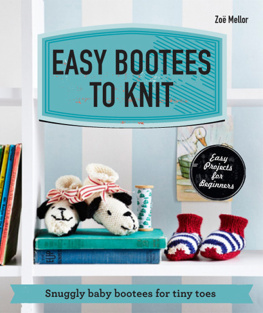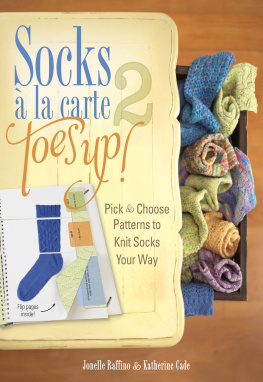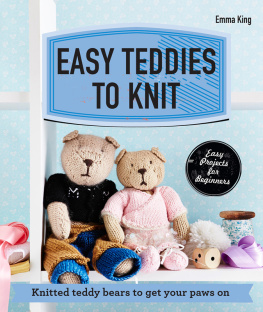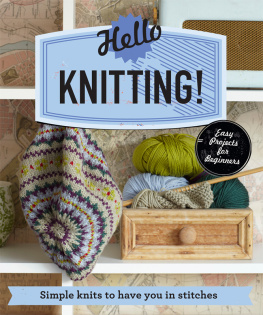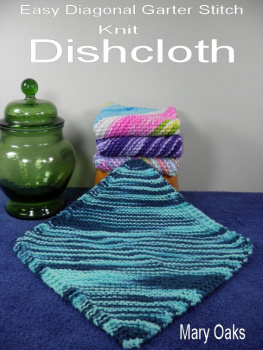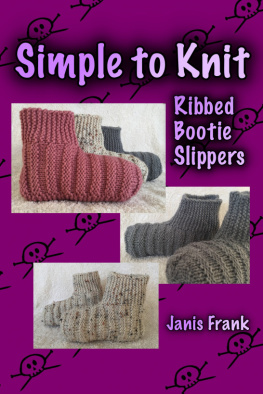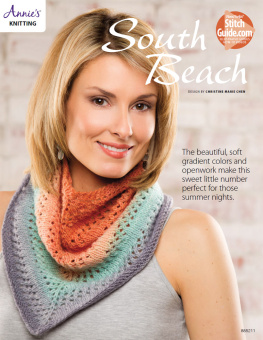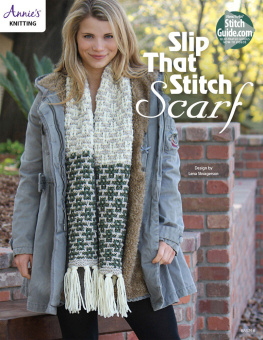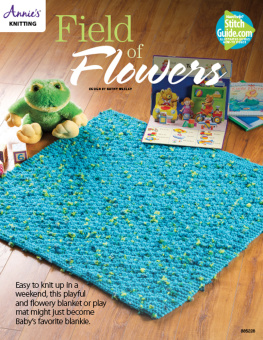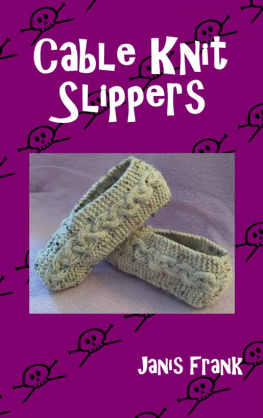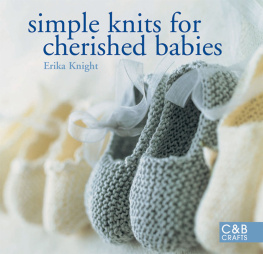EASY BOOTEES
TO KNITEASY BOOTEES
TO KNIT Snuggly baby bootees for tiny toes PAVILION 
Contents

Knitting for babies
Safety
Most babies are fascinated by their own feet at some point in their lives and will happily grab anything put onto them and try to pull it off. Therefore you should take note of the following safety tips when knitting bootees. When adding ribbons or ties to bootees you should attach them to the back of the bootee with a stitch. This will ensure that the baby cant pull them off. All buttons should be firmly stitched on with strong thread and checked periodically to ensure that they remain securely fastened so that the baby cannot pull them off.
Washing
Most bootees can be handwashed in gentle washing powder or as instructed on the yarn ball bands.
Washing
Most bootees can be handwashed in gentle washing powder or as instructed on the yarn ball bands.
Check washing instructions on any store-bought embellishments.
Yarns
I have chosen a variety of yarns to make the bootees in this book. Most yarns these days are soft to touch, so they should not irritate a babys delicate skin. However, if the baby suffers from eczema it is a good idea to choose to knit with cotton rather than wool or synthetic yarns.
Seams
It is best to use a flat seam when sewing up bootees so that there is no ridge inside to rub against the skin. Lay the pieces out wrong-side up with the edges to be joined touching one another.
Join the edges with oversewing stitches, matching the sides as you work. On roll-cuffed bootees you can reverse the seam on the top section of the cuff for a neat finish.
Sizing small feet
When knitting bootees it is essential to check your tension () carefully, as there is not much room for error in such tiny patterns. If you want to change the size of a pattern, try knitting it on larger or smaller needles. The foot sizes here are an approximate guide. 03 months 9cm (3 in) 36 months 10cm (4in) 69 months 11.5cm (4in)

Pattern information

Abbreviations
The following abbreviations are those most commonly used in all the patterns.
Where individual patterns have special abbreviations, these are explained at the beginning of the pattern. Where cast-off (bound-off) stitches are given in the middle of a row, the last stitch of the cast-off (bind-off) is always included in the instructions that follow. alt = alternate beg = beginning C = contrast colour cont = continue dec = decrease by knitting the next 2 stitches together folls = follows/following inc = increase by knitting into the front and back of the next stitch k = knit k2tog = knit next 2 stitches together k3tog = knit next 3 stitches together M = main colour m1 = make stitch by picking up yarn before next stitch and knitting into the back of made loop moss stitch (US: seed stitch): (on even number of sts) Row 1: *k1, p1* to end; Row 2: *p1, k1* to end (on odd number of sts) every row: *k1, p1* to last st, k1 p = purl p2tog = purl next 2 stitches together p2togb = purl next 2 stitches together through back of loops p3tog = purl next 3 stitches together patt = pattern psso = pass slipped stitch over rem = remain(ing) rep = repeat RS = right side s1 = slip next stitch st st = stocking stitch (US: stockinette stitch) st(s) = stitch(es) tog = together WS = wrong side yb = yarn back yf = yarn forward yo = yarn around needle ** = repeat enclosed instructions the number of times indicated [ ] = brackets refer to larger size(s). Where only one figure is given it refers to all sizes
Needle sizes
This table shows the conversions between metric and US needle sizes.
| Metric | US |
| 2.75mm | |
| 3mm | |
| 3.25mm | |
| 3.75mm | |
| 4mm | |
| 4.5mm | |
| 5mm | |
How to make a tension (gauge) square
Please check your own tension (what US knitters refer to as gauge) before you start. Some people find that they need to use a smaller needle when knitting cotton.
Cast on at least 30 sts and work at least 40 rows. Measure only the stitches given (e.g. 22 sts by 28 rows) to check your tension. Remember that one stitch too many or too few over 10cm (4in) can spoil your work. If you have too many stitches, change to a larger needle; if you have too few, change to a smaller size.
Colour knitting
Most of the multicoloured designs in this book are worked using the Fair Isle technique where the yarn is carried across the back of the work.
Colour knitting
Most of the multicoloured designs in this book are worked using the Fair Isle technique where the yarn is carried across the back of the work.
However, a few designs use the intarsia method, which involves using separate balls of contrast colours, or shorter lengths wound around bobbins, but NOT carrying the main yarn across the back of the section. Twist the yarns around one another at the colour change to avoid holes forming.
Care instructions
Steam your knitting lightly by using a warm iron over a damp cloth. Never let the iron come directly in contact with the knitting. Ease the knitting into shape, or block it out with pins until the steam has completely dried off.
Fair Isle and frill bootees
Keep these pretty pastel bootees for special occasions.Fair Isle and frill bootees
Keep these pretty pastel bootees for special occasions.
The frilled top is very effective, and very easy to knit.
Size
To fit baby of 69 months
Materials
50g balls of 4ply (sport-weight) 100% wool yarn: 1 x pink (M) and 1 x cream (C) Small amounts of mauve (A) and yellow yarn (B) Pair of 3mm (US 2) needles 100cm (39in) of ribbon
Tension (gauge)
28 sts and 38 rows = 10cm (4in) square over st st using 3mm (US 2) needles.
Abbreviations
See .
First bootee
Cuff Using C, cast on 122 sts and knit 1 row.
Next page
